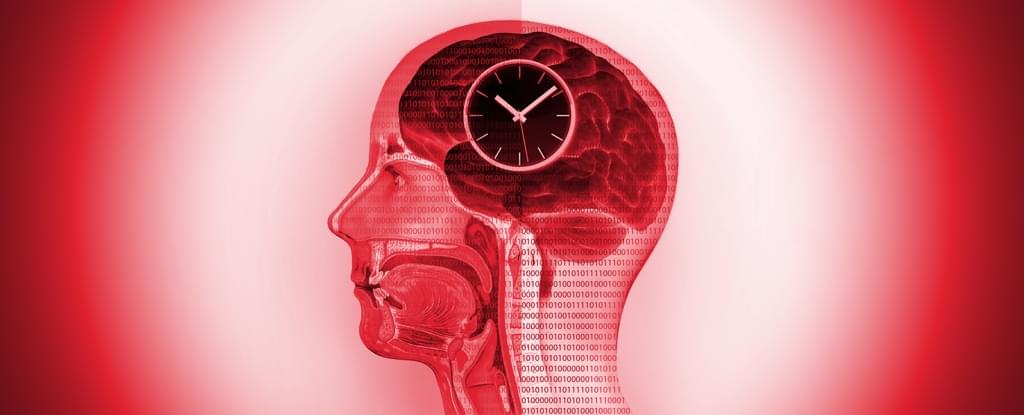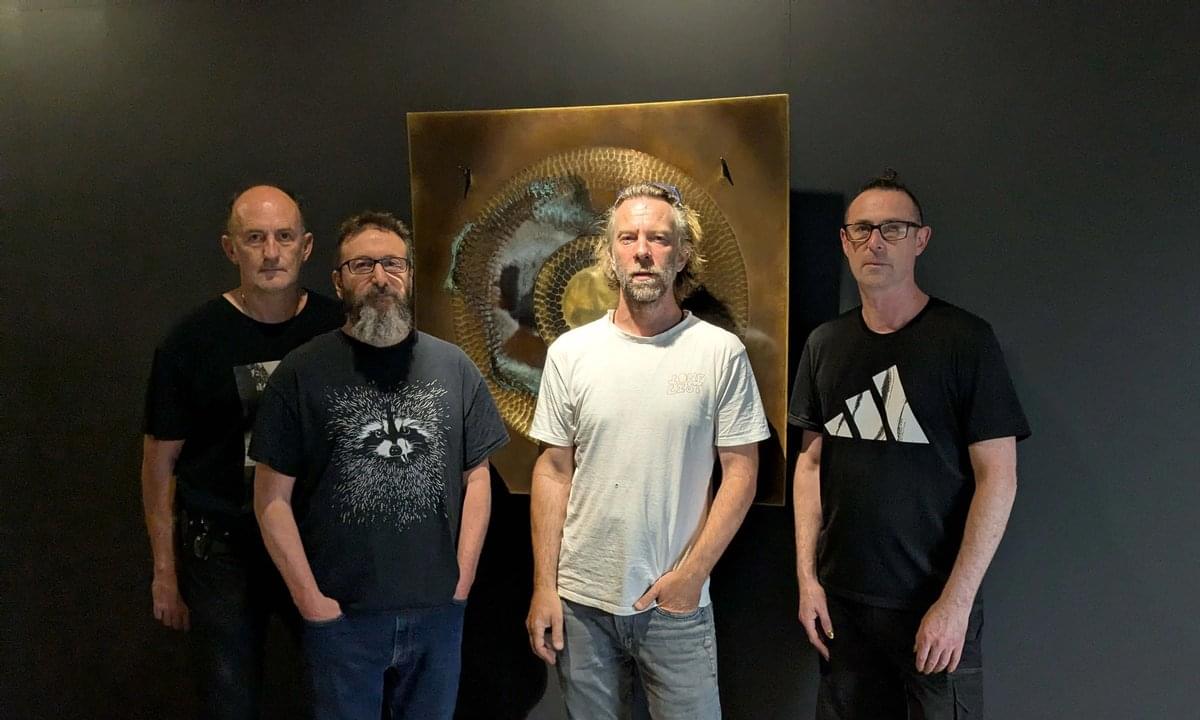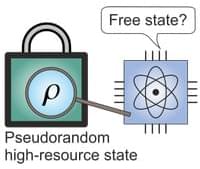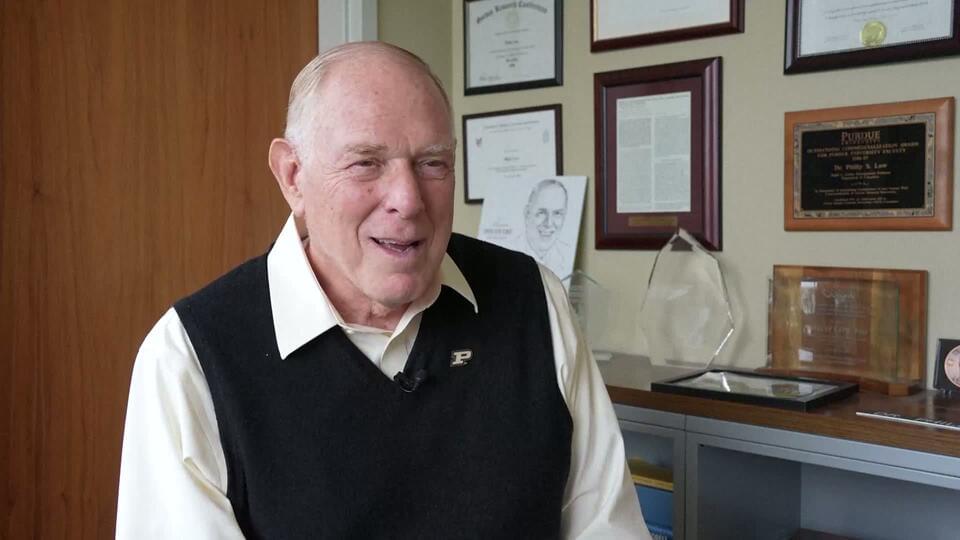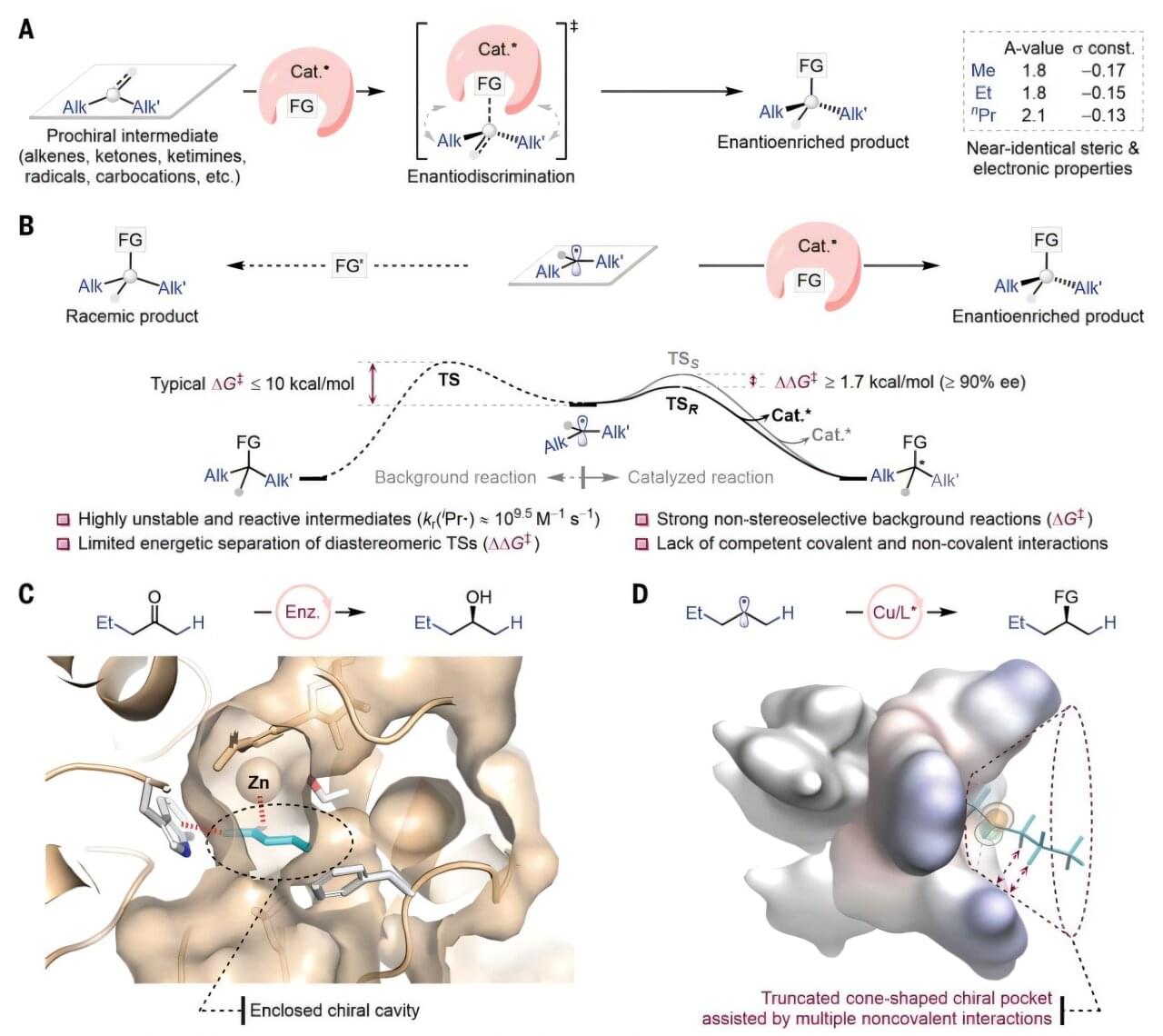“Cast was an AI agent before we started talking about that technology, you know. They’ve just been building this type of automation for a long time.”
Scientists looking to tackle our ongoing obesity crisis have made an important discovery: Intermittent calorie restriction leads to significant changes both in the gut and the brain, which may open up new options for maintaining a healthy weight.
Researchers from China studied 25 volunteers classed as obese over a period of 62 days, during which they took part in an intermittent energy restriction (IER) program – a regime that involves careful control of calorie intake and relative fasting on some days.
Not only did the participants in the study lose weight – 7.6 kilograms (16.8 pounds) or 7.8 percent of their body weight on average – there was also evidence of shifts in the activity of obesity-related regions of the brain, and in the make-up of gut bacteria.
Team led by neuroscientist used stem cells originating from Alvin Lucier’s blood to create sound installation
A framework of pseudorandomness for mixed states is introduced, with implications on how efficiently one can test, or observe, entanglement, magic, and coherence.
Researchers have discovered a way to make tiny robots act like a material, mirroring embryonic tissue cells to adjust their structure on command.
Advances in materials and architecture could lead to silicon-free chip manufacturing thanks to a new type of transistor.
The best local & breaking news source in the US, featuring local weather, alerts, deals, events and more.
TARA-002 Overview TARA-002 is an investigational cell therapy in development for the treatment of non-mu…
A team of chemists at Southern University of Science and Technology, working with a colleague from Zhejiang University, both in China, has engineered a metal–ligand complex that incorporates a reactive pocket to pre-organize prochiral substrates. Their paper is published in the journal Science.
Carbon radicals are being used as an intermediate in a variety of synthetic transformations. Because they have just one electron, they tend to be highly reactive, allowing for speedy reactions with little energy release.
Unfortunately, when working with prochiral substrates, where three different groups are attached to a single radical center, the ability to control the reaction becomes untenable. Prior research has shown that the underlying cause of these difficulties lies with the differences inherent in the alkyl group, where non-stereoselective reactions tend to dominate.
Over the past decades, many countries worldwide have been trying to gradually transform their energy systems, with the aim of reducing carbon emissions and mitigating the adverse effects of climate change. Hydrogen and carbon dioxide (CO2) transport networks, infrastructures designed to transport hydrogen gas and captured CO2, could support the shift towards climate-neutral energy systems.
Researchers at Technical University Berlin carried out a study aimed at better understanding the extent to which hydrogen and CO2 transport networks could contribute to the future de-carbonization of the European energy system. Their paper, published in Nature Energy, suggests that both these types of networks could play a key role in establishing a sustainable and clean European energy system.
“In our view, we are envisioning a climate-friendly economy which relies as little as possible on fossil fuels and respects socio-economic considerations,” Fabian Hofmann, first author of the paper, told Tech Xplore.

